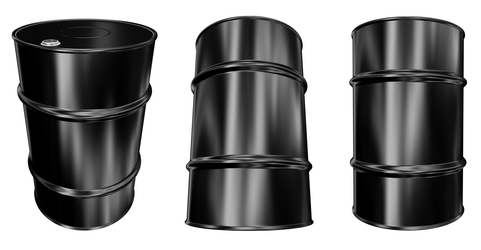Climate Change Impacts Mining
 Climate Change Impacts Mining
Climate Change Impacts Mining
Do you believe that the climate is changing?
Only 39% of mining businesses believe in climate change. A mere 19% have made plans to adapt to it. Whether you believe it or not, climate change is real and it is happening. Temperatures are higher than normal through all of the seasons. This is causing immediate problems, as well as other potential issues that may not been seen for years.
Are you prepared for climate change?
The climate changing is going to impact Canadian mining in big ways. Winter roads will be the first things to be affected by these changes. In fact, ice roads have already seen a difference. In 2006, the Diavik Diamond Mine, in the Northwest Territories, dramatically reduced the number of days their ice road was available. This decrease ranged from about 70 days down to 42 days. This reduction forced the company to have their shipments flown in, which increased their shipping cost to a little over $11 million dollars.
Elevated Temperatures in Ontario
Increasing temperatures in Ontario will likely result in less rainfall throughout their summers. This will directly affect the amount of water mines will get. In addition, this could result in exposed raw tailings, mine drainage and dust suppression. On the other hand, Northern Ontario may see an increase in rainfall, which can weaken dams and berms.
Studies show that mining companies’ executives may be the biggest challenge when planning for the effects of the climate change. The magnitude of the climate’s impact on mining operations is not always apparent, which is why they lack planning. Two surveys were conducted across Canada with samples of 100 people, which included mining industry workers, executives and engineer managers. These studies showed that those, who make the biggest decisions, do not see the need to plan for climate change impacts. However, it was found that the workers do see the need for cautionary plans.
The reason for this is due to several factors such as research gaps, uncertainty and costs. The mining industry’s biggest response to climate change, thus far, has been reducing greenhouse gas emissions. It is a good start and will immediately help. To create a secure future, miners should start planning for the long term climate changes.
Ways to Fix Pending Issues
To convince the executives, more effective communication about the problems that arise with the climate changing. By creating climate change models, and analysis, as they affect regional areas, it becomes easier to visualize potential problems, and their especially the long term negative effects. These models will help all mining companies see the need for planning for the adaptation to the changing climate.
Canada’s government can also ease the planning process by providing data and resources that can help miners plan ahead. They can also provide funds to help minimize the danger for high-risk areas. New technologies are needed to help the mining industry deal with climate change. This shows a demand for investors, innovators, contractors and suppliers. Additionally, this upcoming demand will create many more career opportunities for Canadians.




